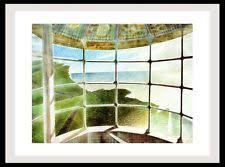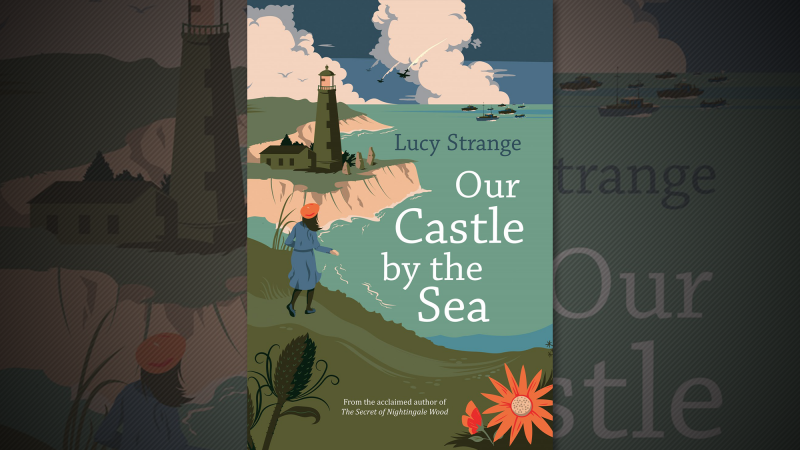Guest blog post by Lucy Strange, author of Our Castle by the Sea
Every writer, every artist, every creative practitioner in the world knows how intimidating that moment can be: staring at the empty page or the blank canvas; waiting for the first ideas to form and commit themselves to existence… One of the things I love most about writing historical fiction is that you never have to experience that terrifying moment for long. As soon as you have chosen your historical setting, the canvas is no longer blank: the background for your story is already there, in gloriously rich, colorful detail, ready for you to add your own characters in the foreground.
When I first fell in love with the Eric Ravilious painting of the view from the lantern room of Belle Tout, I knew the setting for my new book would be a lighthouse on the English coast, and I knew it was going to be a World War II story. There are, of course, already so many wonderful novels about the war—due to the intensity of times such as this and the inevitable fear, chaos, and loss that they bring, a wartime setting often makes for a very powerful story indeed. I also knew that Our Castle by the Sea needed to be a story that felt fresh and relevant—one that had not been told before.

When I started my research, I soon found the heart of my story—the lives of the 80,000 or so German, Austrian, and Italian citizens who took refuge in the UK. The events of history sparked so many ideas for my plot, and it didn’t take long for the dusty world of the past to become the frighteningly real present day for my characters. Bombers overhead, fear of Nazi invasion, paranoia and prejudice, tribunals and internment camps, the evacuation of Dunkirk: as I wrote about Petra and her family, all of these things became real to me in a way they had never been before.
One of the characteristics of my writing is that I love to combine historical settings with elements of magical realism. I find those strange, supernatural moments are so much more effective—so much more chilling and surreal—when the world you have created feels completely real and recognizable. There is an ancient myth woven through this tale of the war—a myth about an evil sea dragon who devours the souls of the fishermen’s daughters, turning them to stone. Our heroine Petra knows deep down in her bones that this myth is connected to all the terrible things that have started to happen in her world, and she knows that she is destined—somehow—to become part of this ancient legend too…



